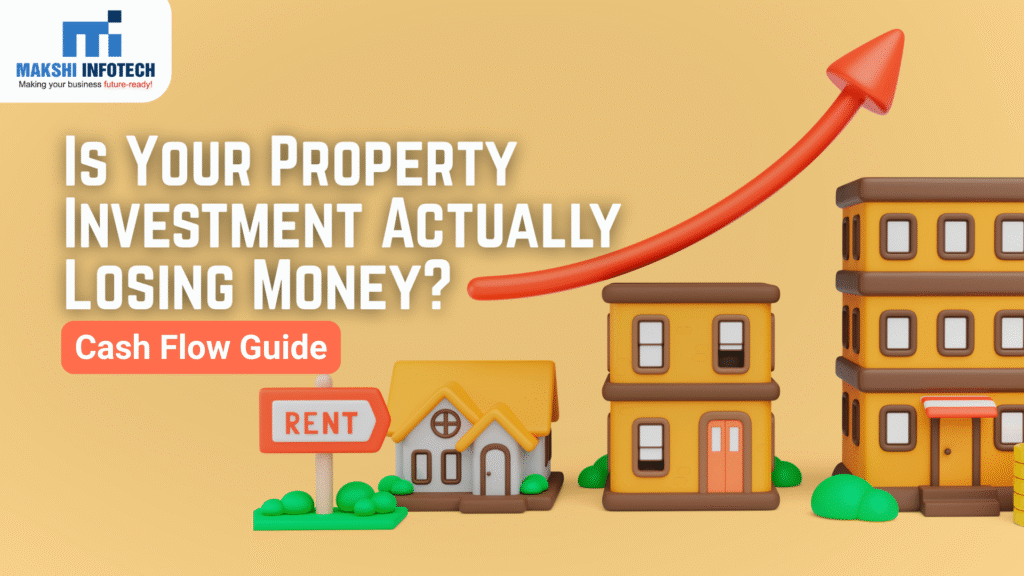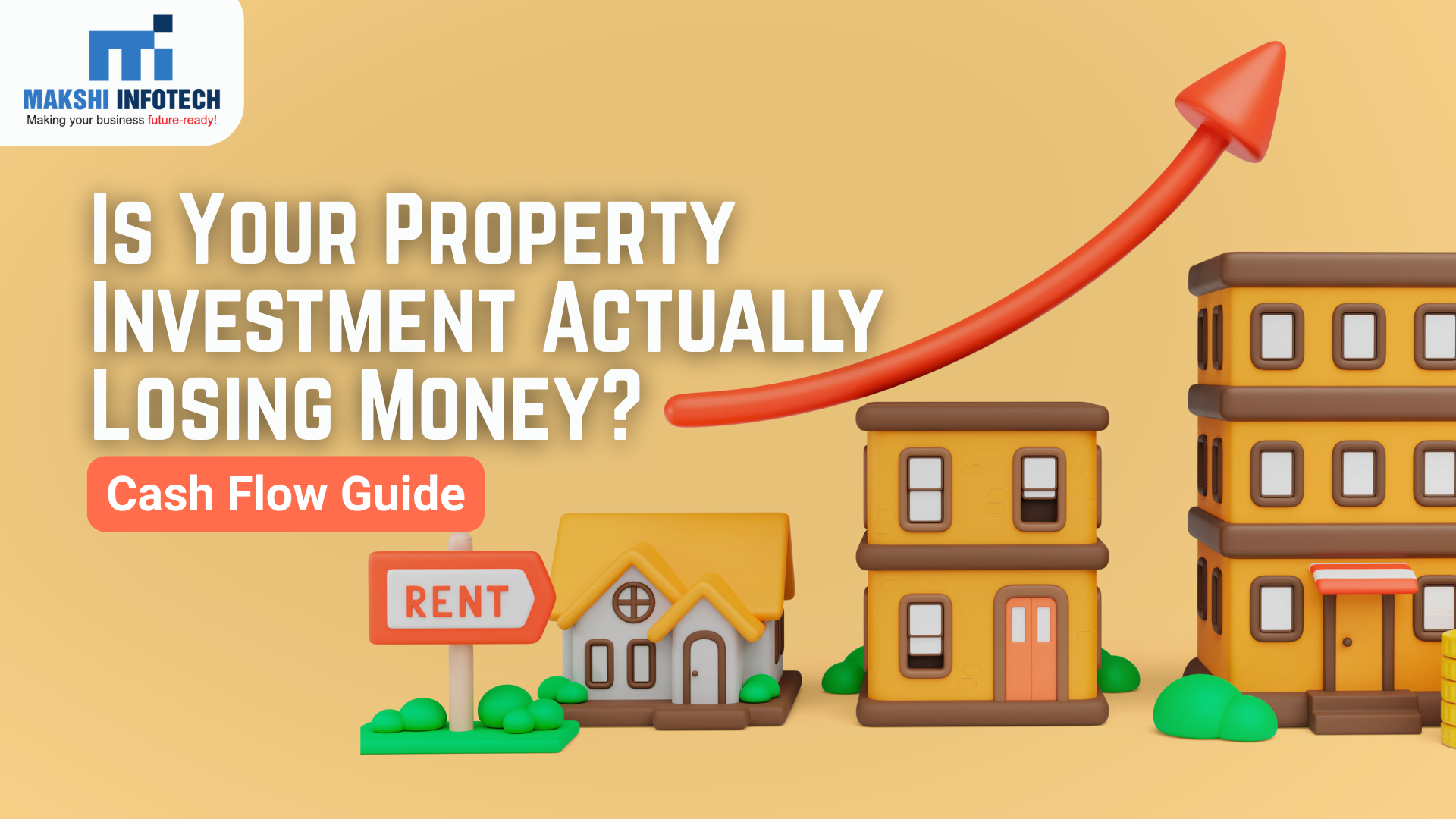
Introduction:
You bought an apartment as an investment. The property value has gone up, and you feel like a savvy investor. But have you ever stopped to calculate the actual cash flowing into your pocket each month? Many Indian real estate investors are in for a rude awakening when they discover their “profitable” asset is actually a financial burden. The culprit? Ignoring the true metric of cash-flow income: Rental Yield.
What is Rental Yield, and Why Should You Care?
Rental Yield is the annual rental income you earn from your property, expressed as a percentage of the property’s current market value. It’s the ROI (Return on Investment) on your rent.
There are two types:
- Gross Yield: (Annual Rent / Property Value) x 100
- Net Yield: ((Annual Rent – Annual Expenses) / Property Value) x 100
Most investors calculate the gross yield and feel satisfied. The net yield is where the shocking truth lies.
The Hidden Expenses Eating Your Profit
Your tenant pays you ₹30,000 a month (₹3,60,000 a year). Your apartment is worth ₹1 Crore. Your gross yield is a decent 3.6%. But wait, subtract these annual costs:
- Maintenance Society Charges: ₹2,400 x 12 = ₹28,800
- Property Tax: ₹15,000
- Municipal Taxes/Other Levies: ₹5,000
- Insurance: ₹5,000
- Vacancy Period (1 month): ₹30,000
- Repair Fund: ₹10,000
Total Annual Expenses: ₹93,800
Your Net Rental Income = ₹3,60,000 – ₹93,800 = ₹2,66,200
Your Net Rental Yield = (₹2,66,200 / ₹1,00,00,000) x 100 = 2.66%
Now, if you have a home loan at an 8.5% interest rate, you are effectively losing 5.84% on your investment every year, hoping that future price appreciation will cover the gap. This is a negative cash flow.
The Tier-2 City Advantage and Other Strategies
This doesn’t mean real estate is a bad investment. It means you must invest smarter.
- Look Beyond Metros: Tier-2 and Tier-3 cities often offer higher rental yields (5-8%) for commercial properties or housing in high-demand rental areas (e.g., near IT hubs or universities).
- Target Purpose-Built Properties: Consider investing in properties designed for high yield, like student housing, serviced apartments, or co-living spaces.
- Calculate Before You Commit: Always run the net yield numbers before finalizing any investment. Factor in all possible expenses.
Conclusion: Appreciation is a Bonus, Yield is Reality Banking solely on property appreciation is speculation. A truly sound investment generates regular, positive cash flow. Calculating your net rental yield isn’t just number crunching; it’s a reality check that separates a wise investment from a costly liability. Don’t just invest in property; invest in cash flow.



